The POCO F7 Pro and Pixel 9a are Priced Similarly, but They’re Worlds Apart
Both the POCO F7 Pro and the Pixel 9a are great examples of how much variety buyers get when it comes to Android. The post The POCO F7 Pro and Pixel 9a are Priced Similarly, but They’re Worlds Apart appeared first on Phandroid.
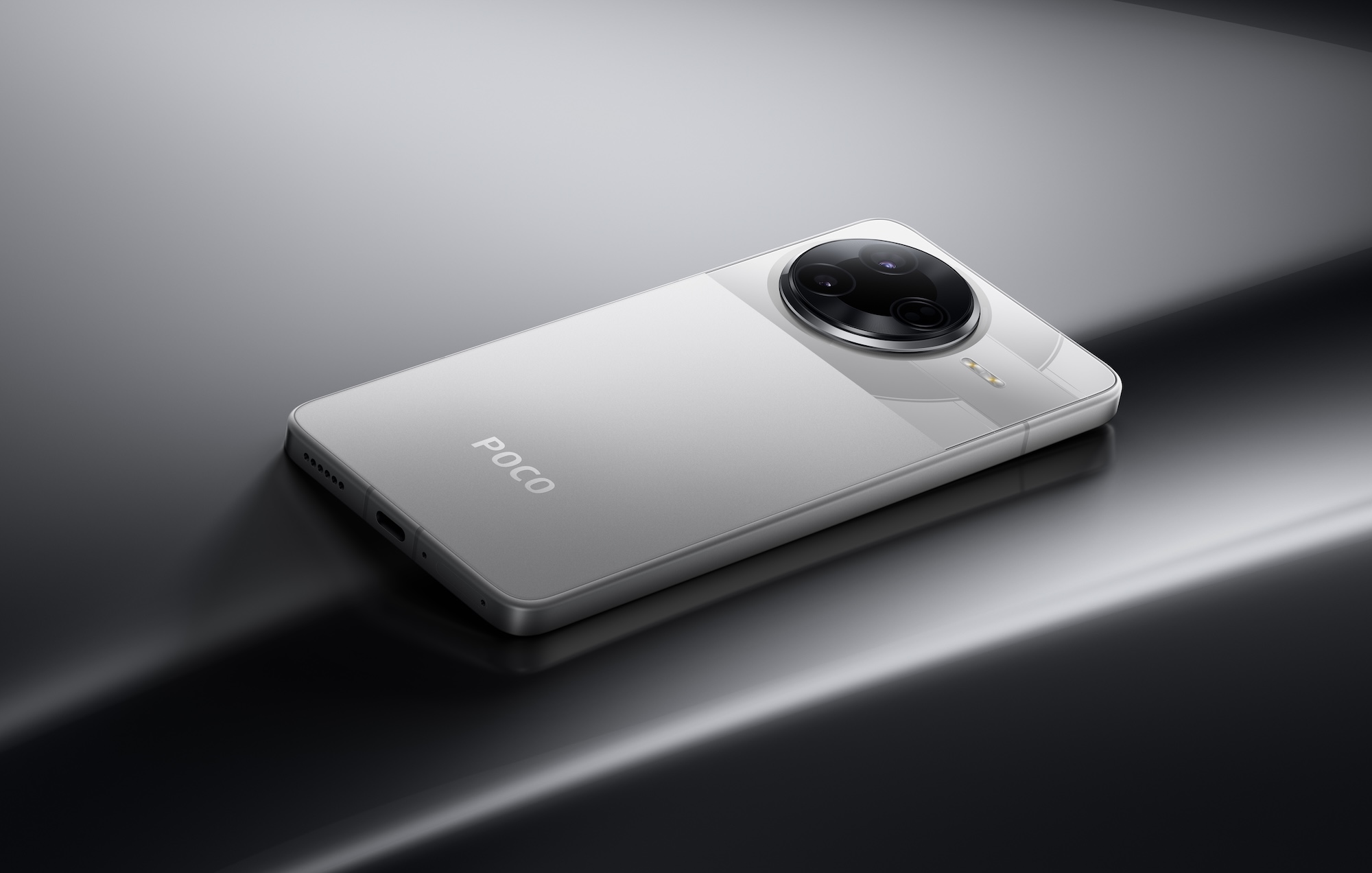
Xiaomi has finally unveiled its POCO F7 series phones consisting of the F7 Ultra and F7 Pro, and with regards to the latter it’s clear that the company is targeting buyers who want a feature-packed phone without spending too much. Starting at around $499 (when converted), its price-to-spec ratio is rather impressive, especially with a top-tier chipset inside.
READ: POCO F7 Ultra and F7 Pro Unleashed: Flagship Power Meets Value
Coincidentally, Google is also trying to win over the same crowd with the Pixel 9a – priced similarly at $499, the Pixel 9a brings some flagship Pixel features at a much more affordable entry point. When compared to the POCO F7 Pro however, the two phones are pretty much night and day as far as differences are concerned.
POCO F7 Pro: Premium Power and Looks
Perhaps the biggest advantage that the POCO F7 Pro has is the chipset that’s running inside – the phone is powered by Qualcomm’s Snapdragon 8 Gen 3, the same SoC found on premium handsets like the Samsung Galaxy S24 Ultra for example. This is accompanied by 12GB of RAM, a much more capable combination versus the modest Tensor G4 setup inside the Pixel 9a which still carries an 8GB RAM configuration. If you’re a mobile gamer, chances are that the POCO F7 Pro will appeal to you more.

If you’re a mobile gamer, chances are that the POCO F7 Pro will appeal to you more.
The POCO F7 Pro also comes with a 6,000 mAh battery, a much larger capacity compared to the 5,100 mAh cell inside the Pixel 9a. The 9a also lags behind its rival when it comes to charging speeds, as the F7 Pro features 90W charging, much faster than the 23W charging support on the Pixel 9a. Given the overall efficiency of the chip inside the F7 Pro, battery endurance is bound to be better as well.
There’s also the design – the F7 Pro’s glass-and-metal build undoubtedly feels premium when next to the Pixel 9a, and its large 6.67-inch AMOLED display and slim bezels give it a more “flagship” appearance overall – by comparison, the Pixel 9a’s thick bezels and plastic rear panel are tell-tale signs of its more affordable origins.
Pixel 9a: A Minimalist’s Dream Phone
With all that being said though, it should be noted that the Pixel 9a excels in some key areas, notably with Google’s approach to software and with computational photography, features which might matter more to some users out there who aren’t easily wowed by flashy hardware specs sheets and benchmark scores.
While Xiaomi’s HyperOS features a dynamic user experience with its lively and multi-colored interface, Google goes for a more subtle Android UI on the Pixel 9a. Sure, one could argue that customization is more in-depth on HyperOS with the ability to tweak fonts, wallpapers, icon packs and such, but the Pixel 9a opts for a cleaner, more straight-to-the-point user experience which lacks the myriad of unwanted third-party apps that come preinstalled on the F7 Pro.
![]()
Adding to this software experience is the fact that the Pixel 9a will receive monthly security and feature updates for the next seven years, which is a level of support that Xiaomi has yet to match. That’s not to mention the “quality of life” features found on Pixel phones such as Assistant Voice Typing and Call Screen, to name a couple.
The best advantage of the Pixel 9a over the POCO F7 Pro however is undoubtedly its cameras – both devices come with dual setups consisting of a main and ultra-wide sensor, but Google’s user-friendly computational photography will undoubtedly let it shine. The F7 Pro’s camera performance is decent, but Pixel phones generally excel in elements such as shutter speed, low-light performance, and color science to name a few.
READ: Google Finally Tells Us When the Pixel 9a will Arrive in Stores
So What’s the Bottom Line?
At the end of the day, both the POCO F7 Pro and the Pixel 9a are great examples of how much variety buyers get when it comes to Android, which each phone offering unique strengths. Power users and gamers will no doubt gravitate towards Xiaomi’s latest midrange powerhouse, and folks after cleaner software and point-and-shoot photography might want to opt for Google’s upcoming handset.
Either way, that $499 price tag is an absolute steal.
The post The POCO F7 Pro and Pixel 9a are Priced Similarly, but They’re Worlds Apart appeared first on Phandroid.





















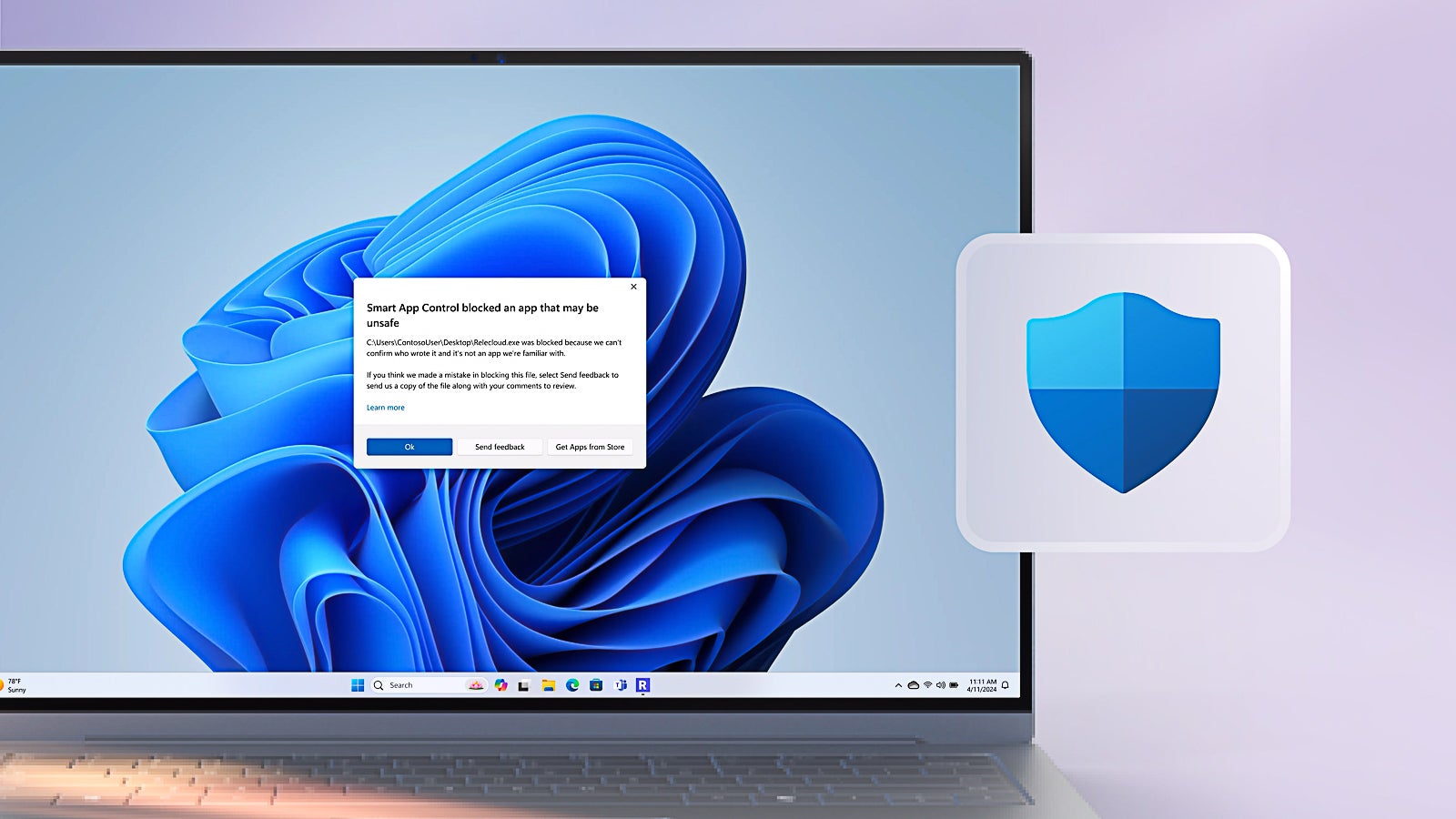

























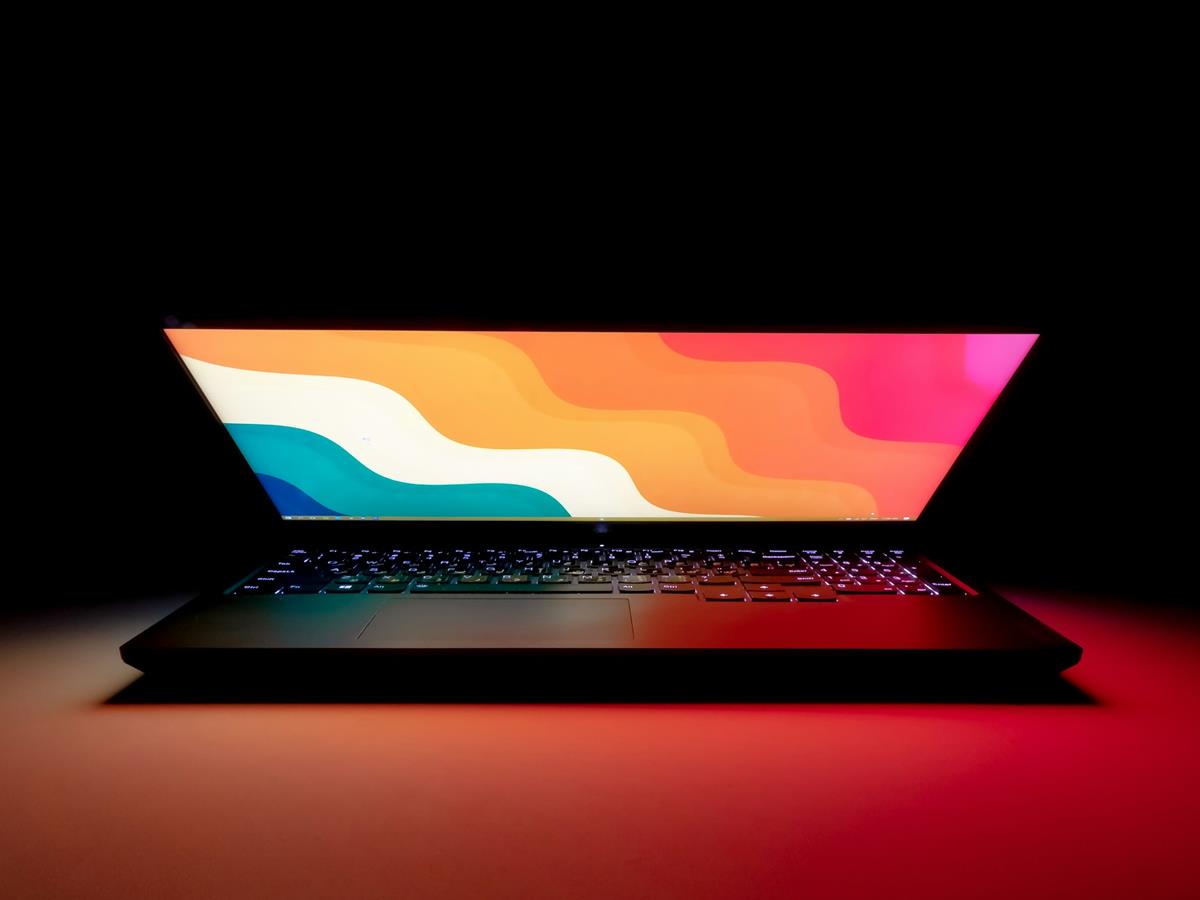
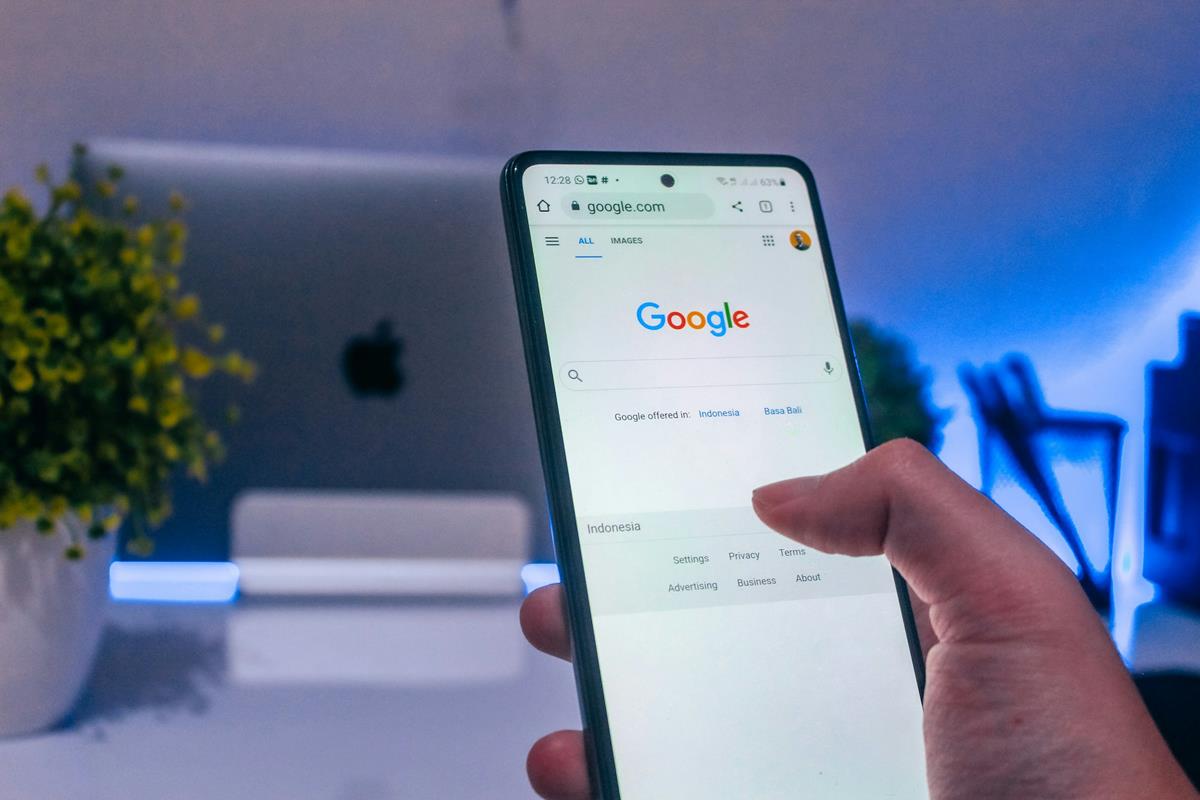

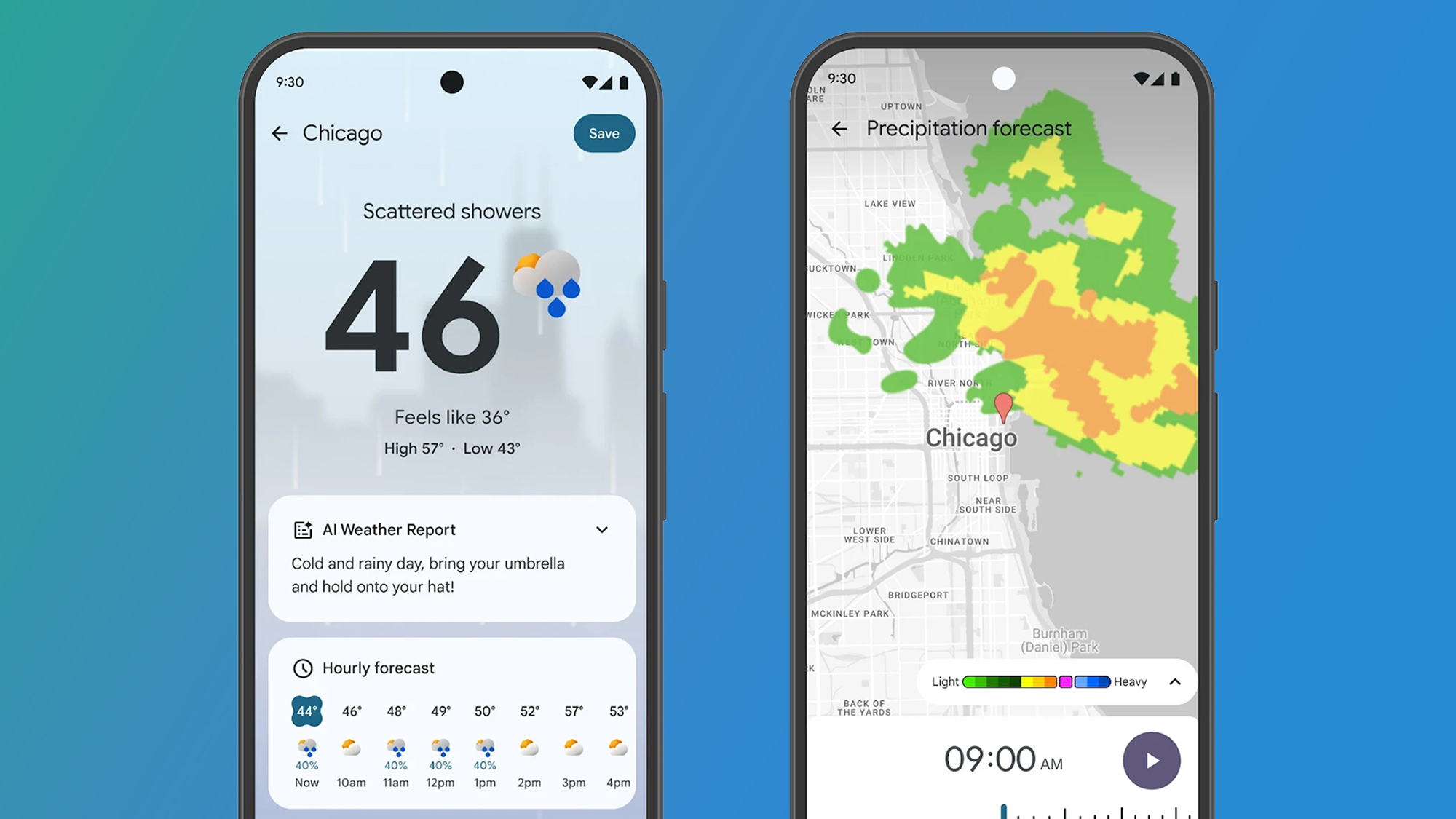


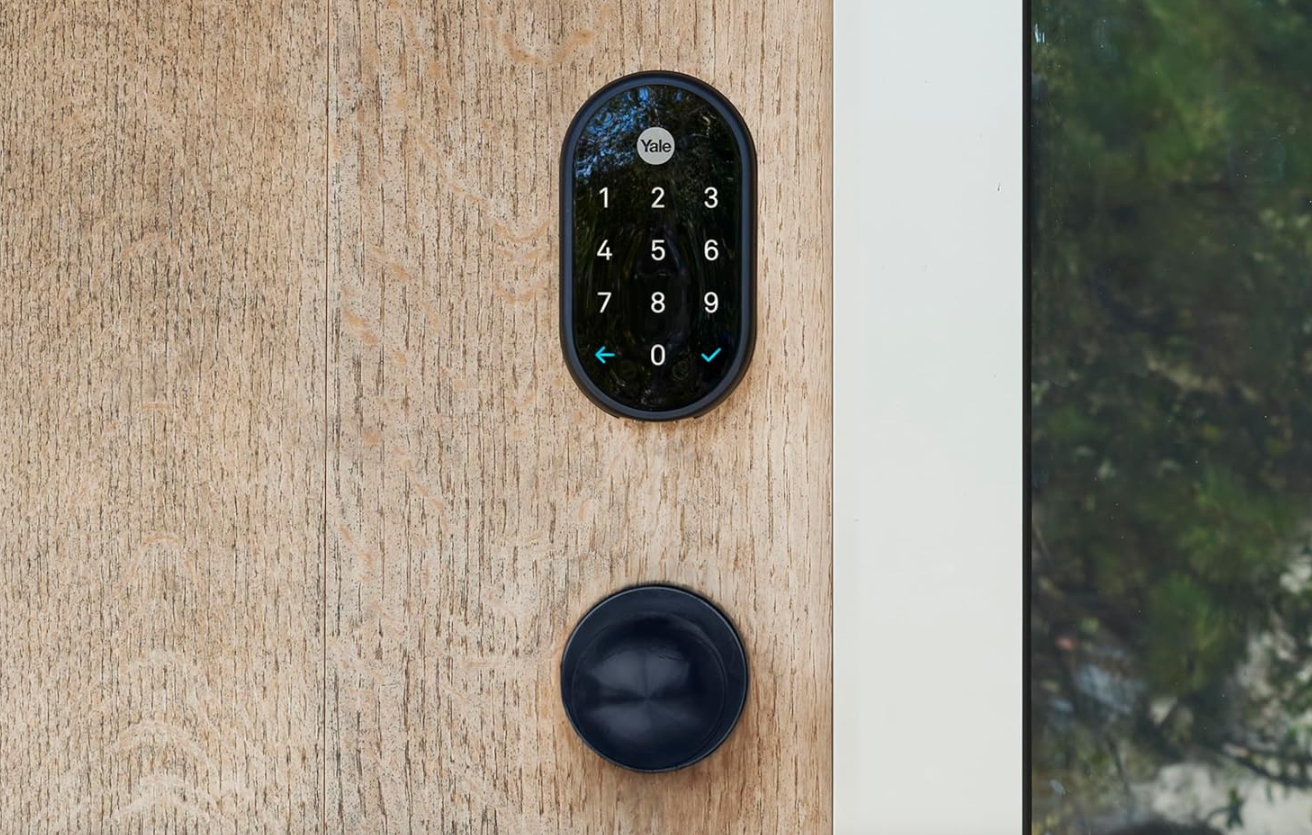


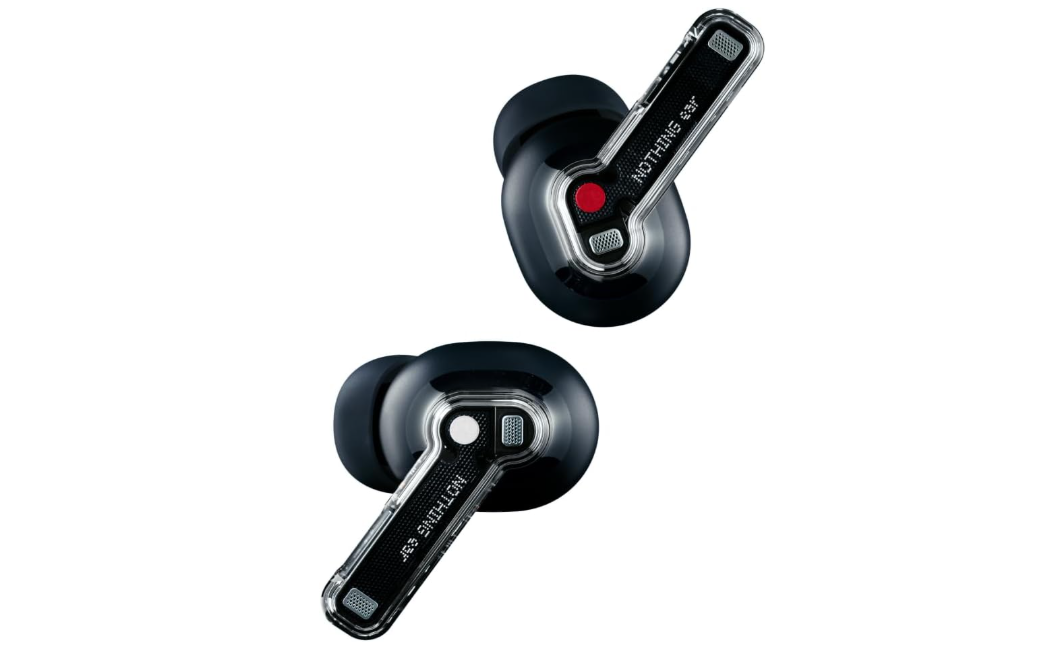









![Apple's M5 iPad Pro Enters Advanced Testing for 2025 Launch [Gurman]](https://www.iclarified.com/images/news/96865/96865/96865-640.jpg)
![M5 MacBook Pro Set for Late 2025, Major Redesign Waits Until 2026 [Gurman]](https://www.iclarified.com/images/news/96868/96868/96868-640.jpg)
![Apple to Revamp Health App with AI-Powered Doctor [Gurman]](https://www.iclarified.com/images/news/96870/96870/96870-640.jpg)














![What Google Messages features are rolling out [March 2025]](https://i0.wp.com/9to5google.com/wp-content/uploads/sites/4/2023/12/google-messages-name-cover.png?resize=1200%2C628&quality=82&strip=all&ssl=1)




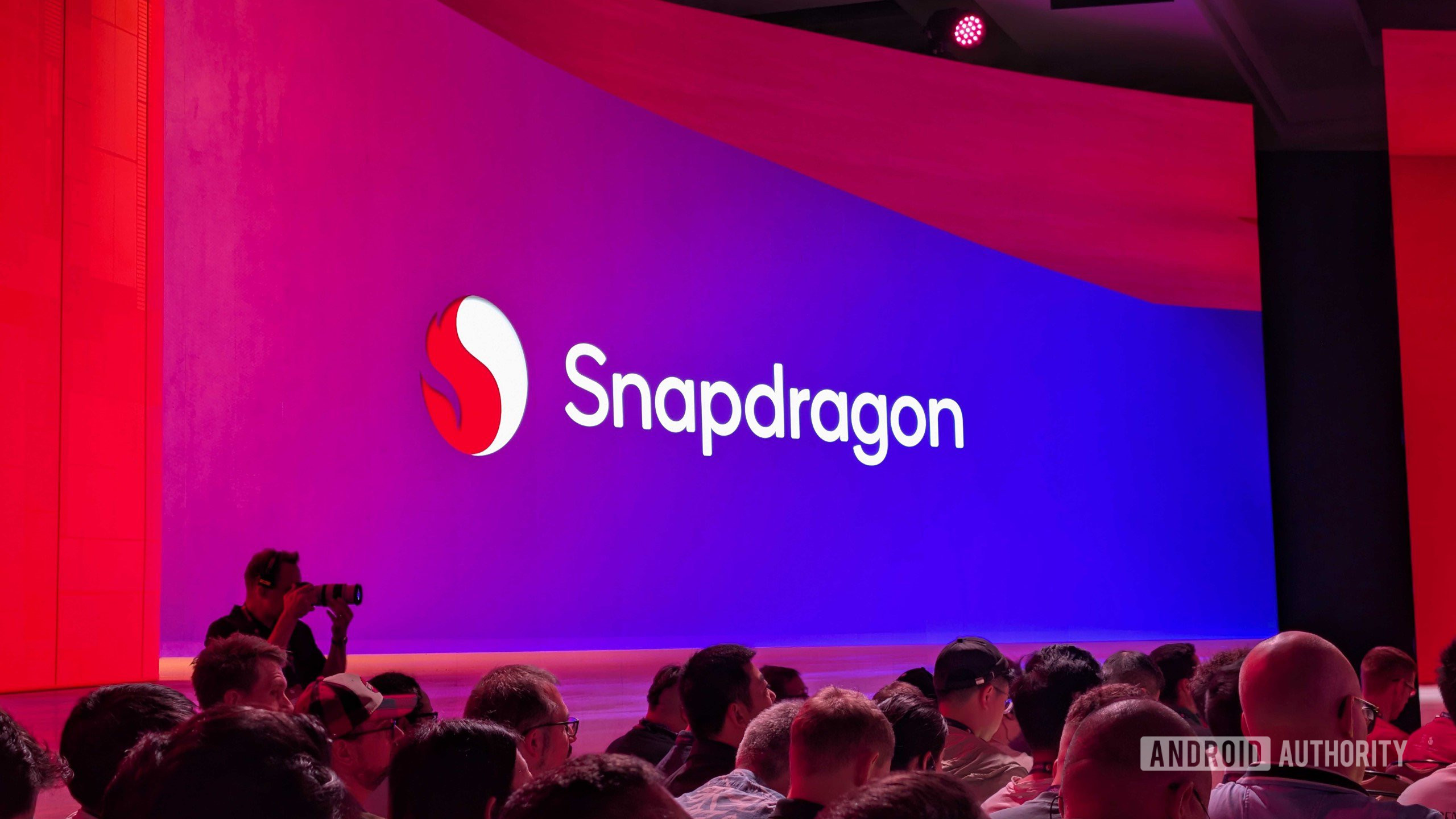
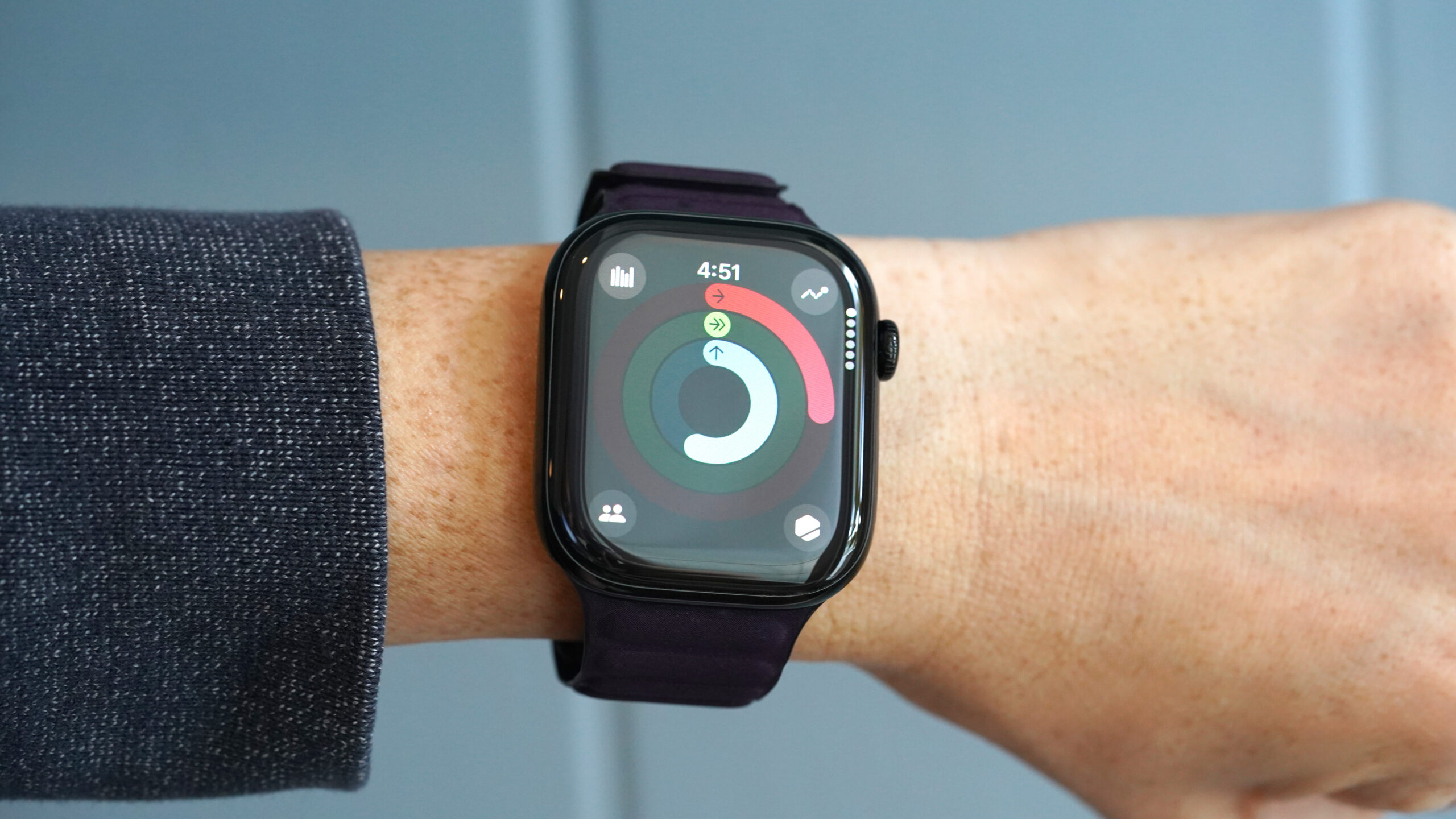
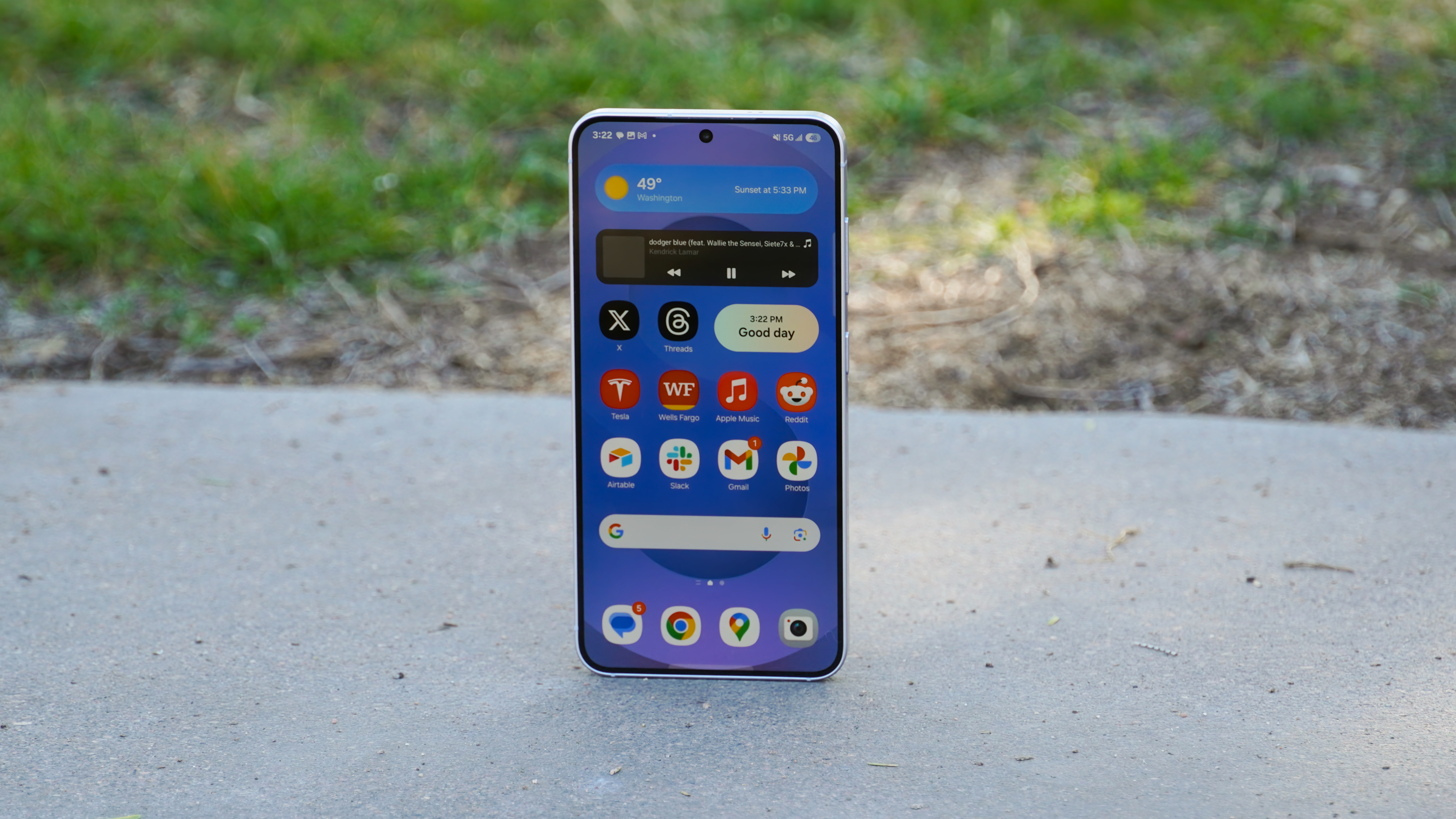
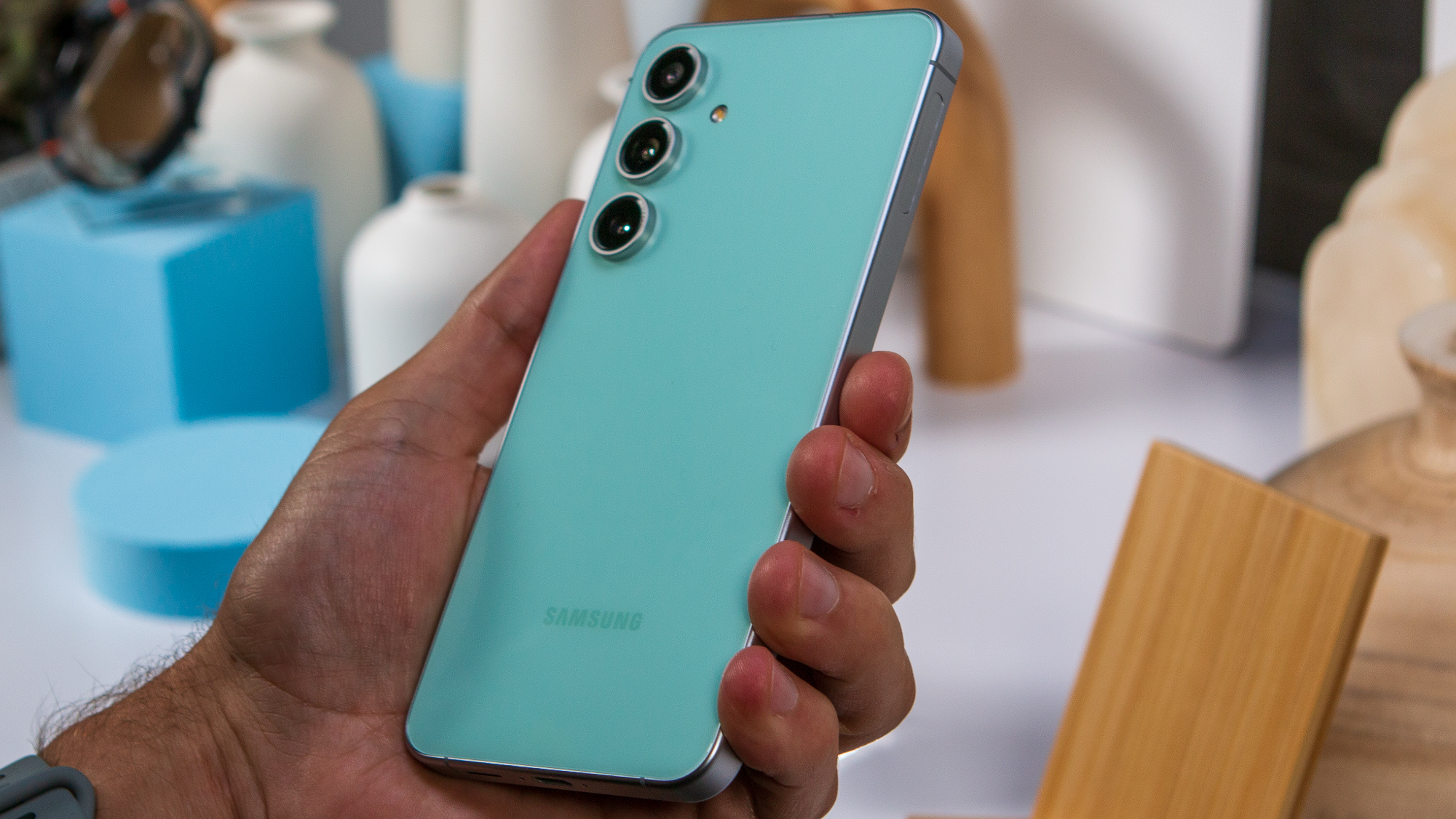
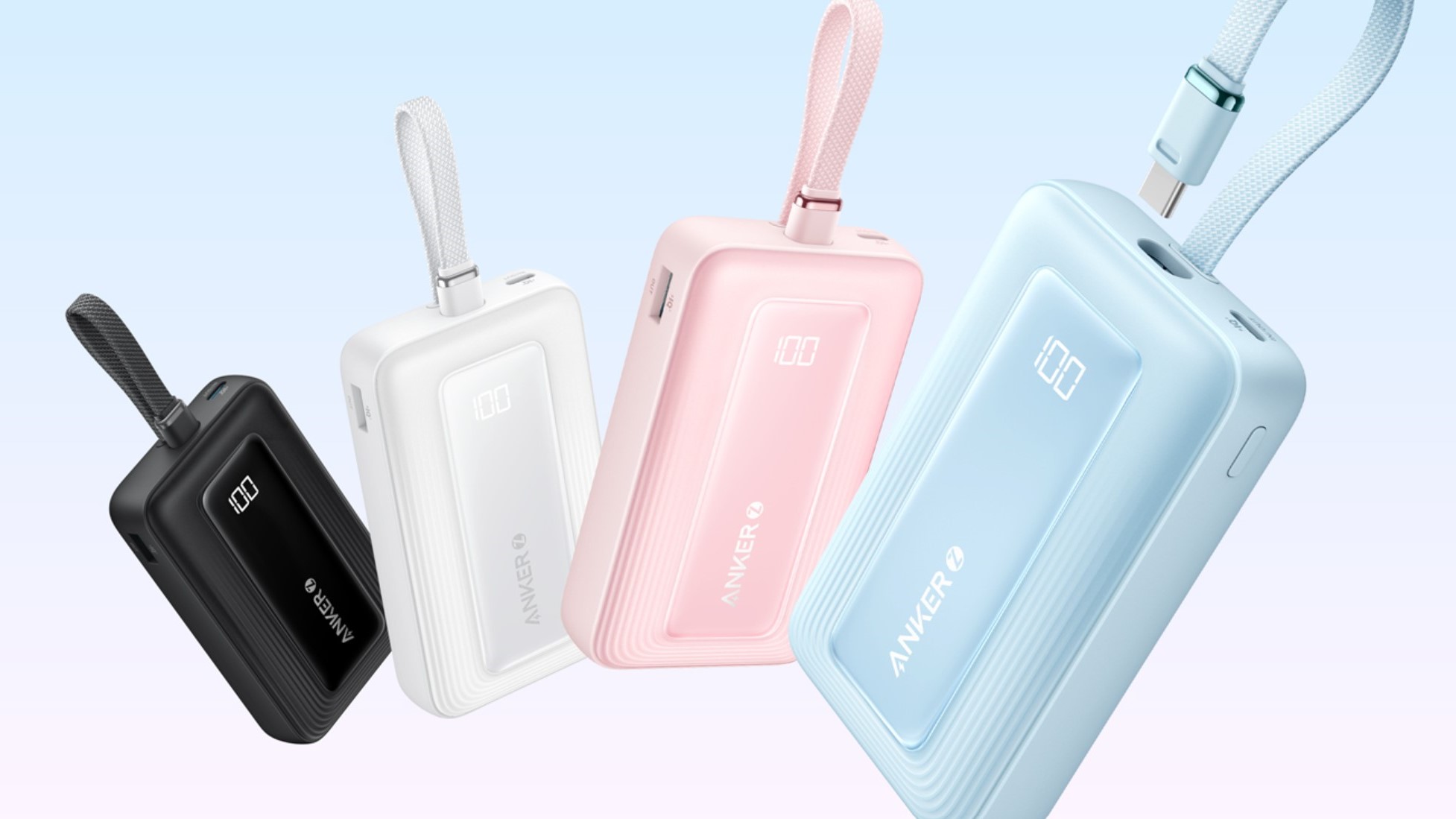
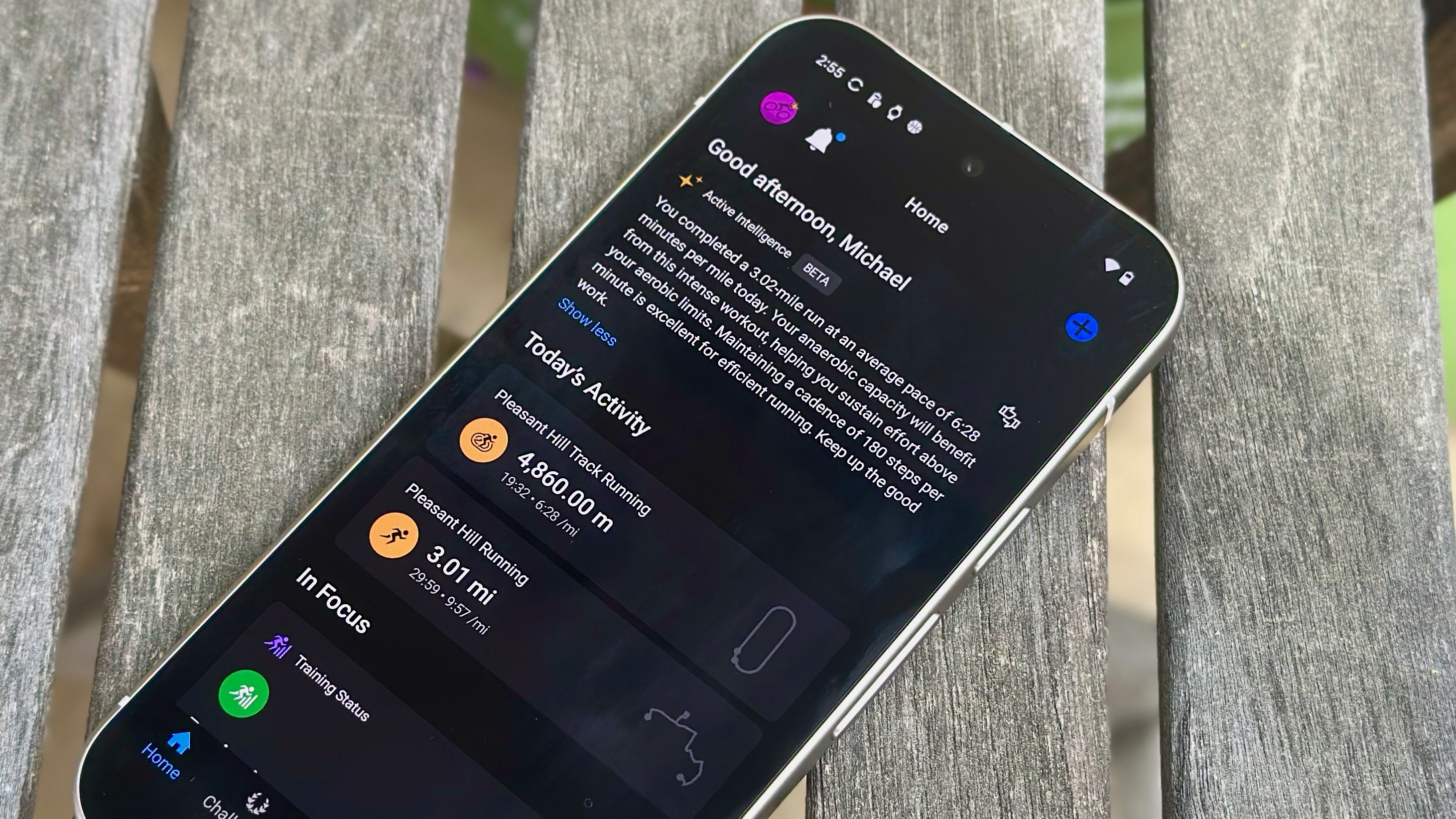
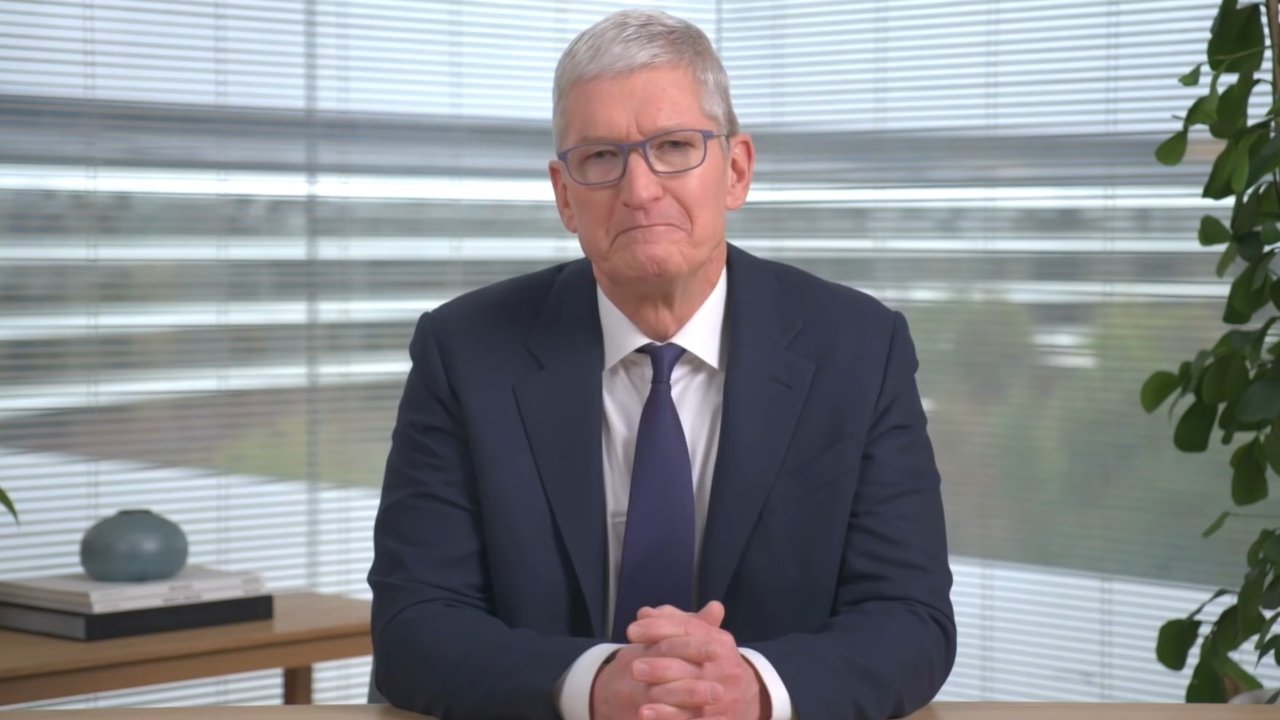
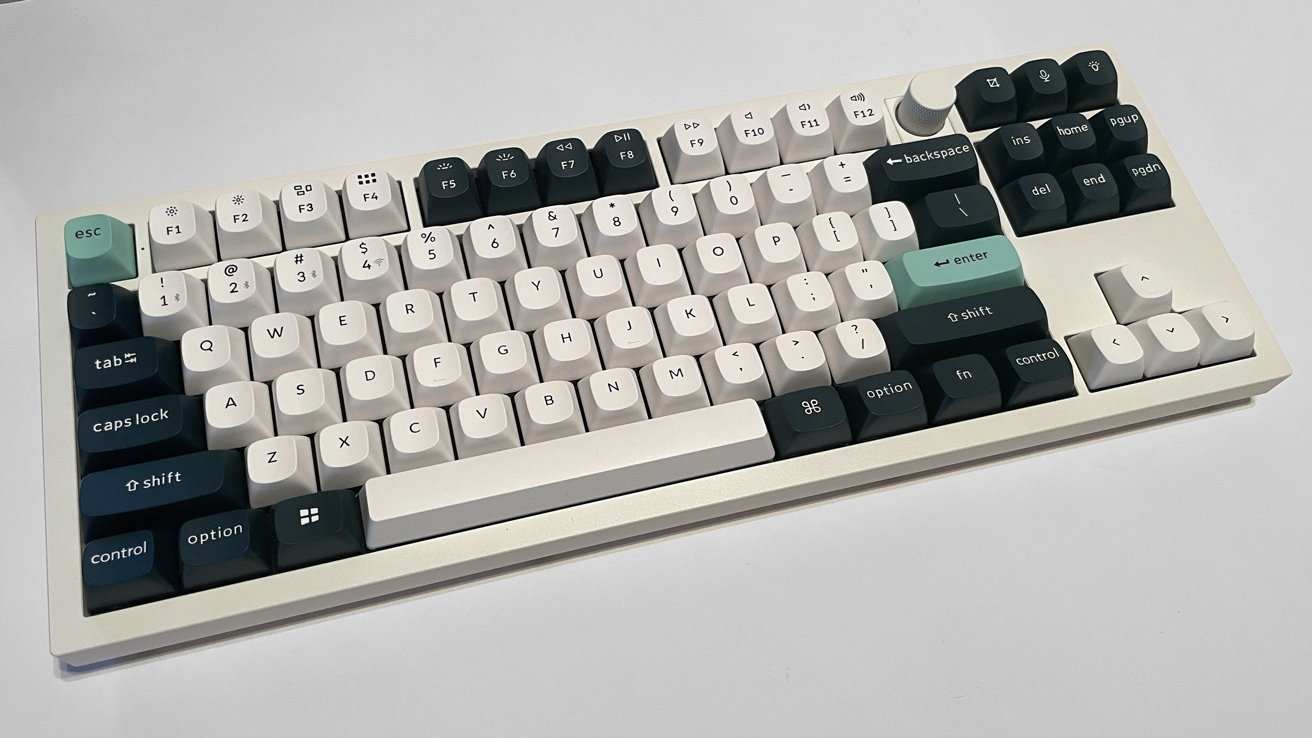
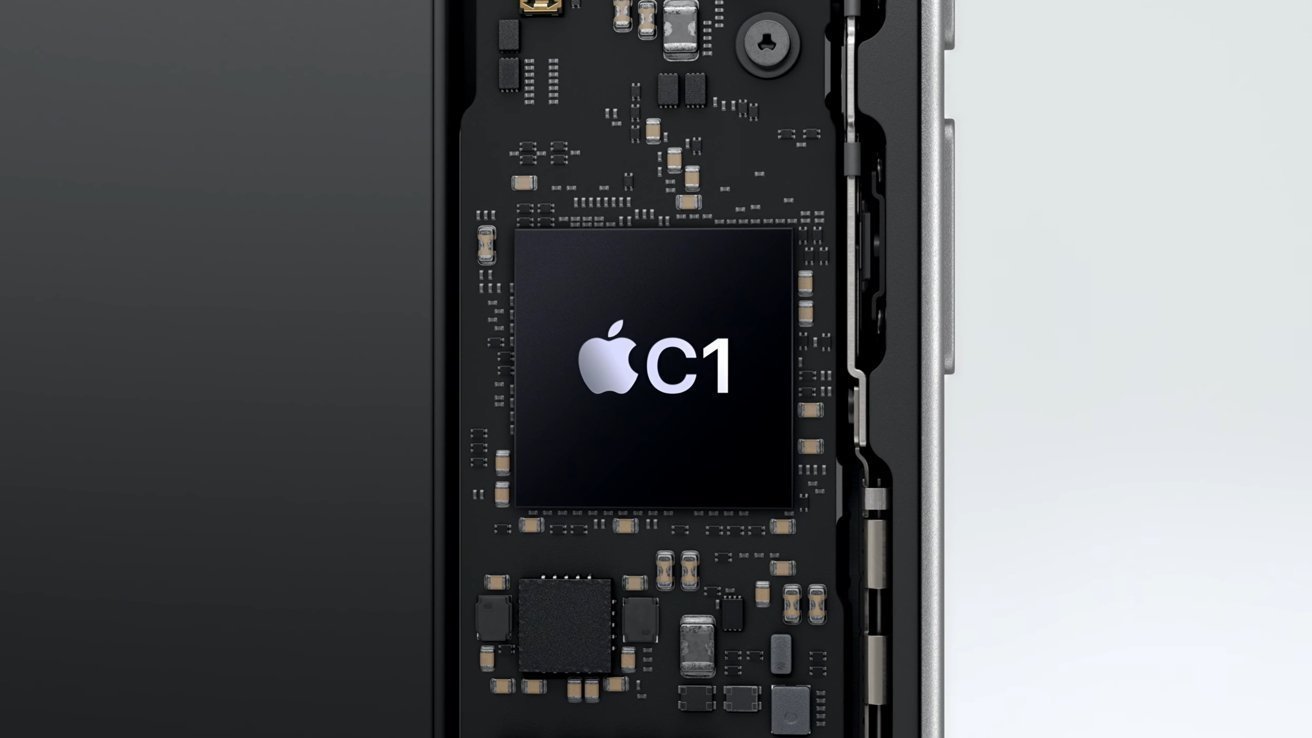

























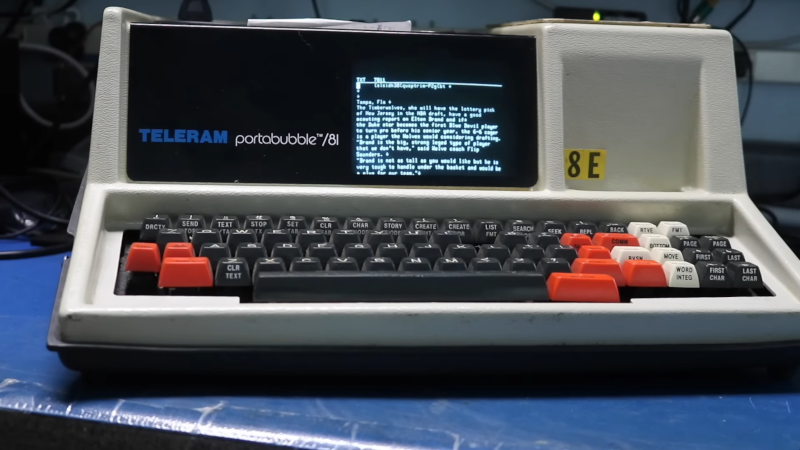
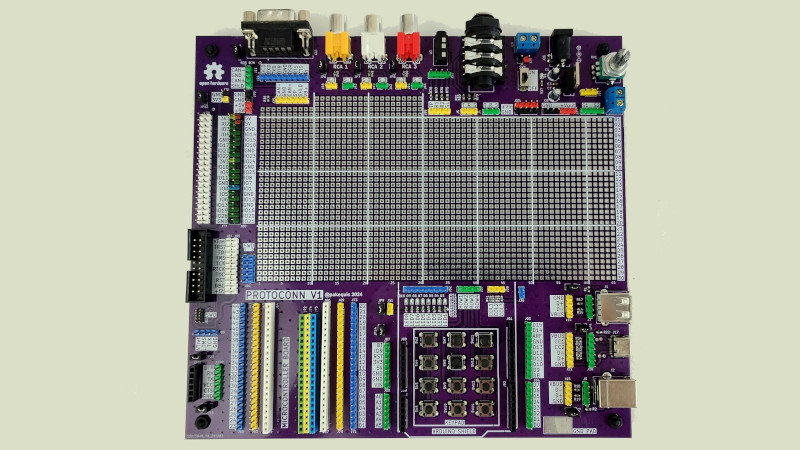














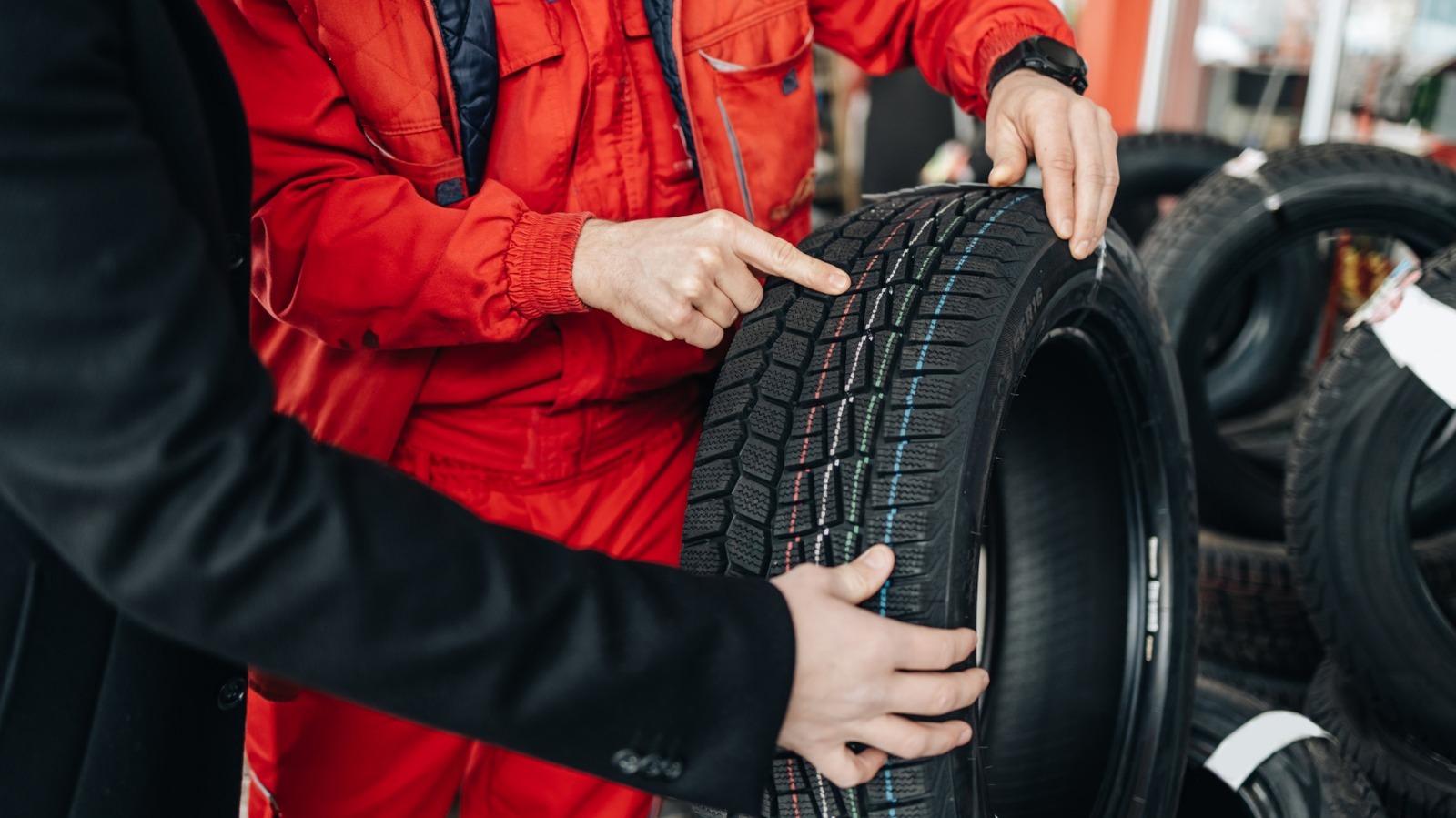
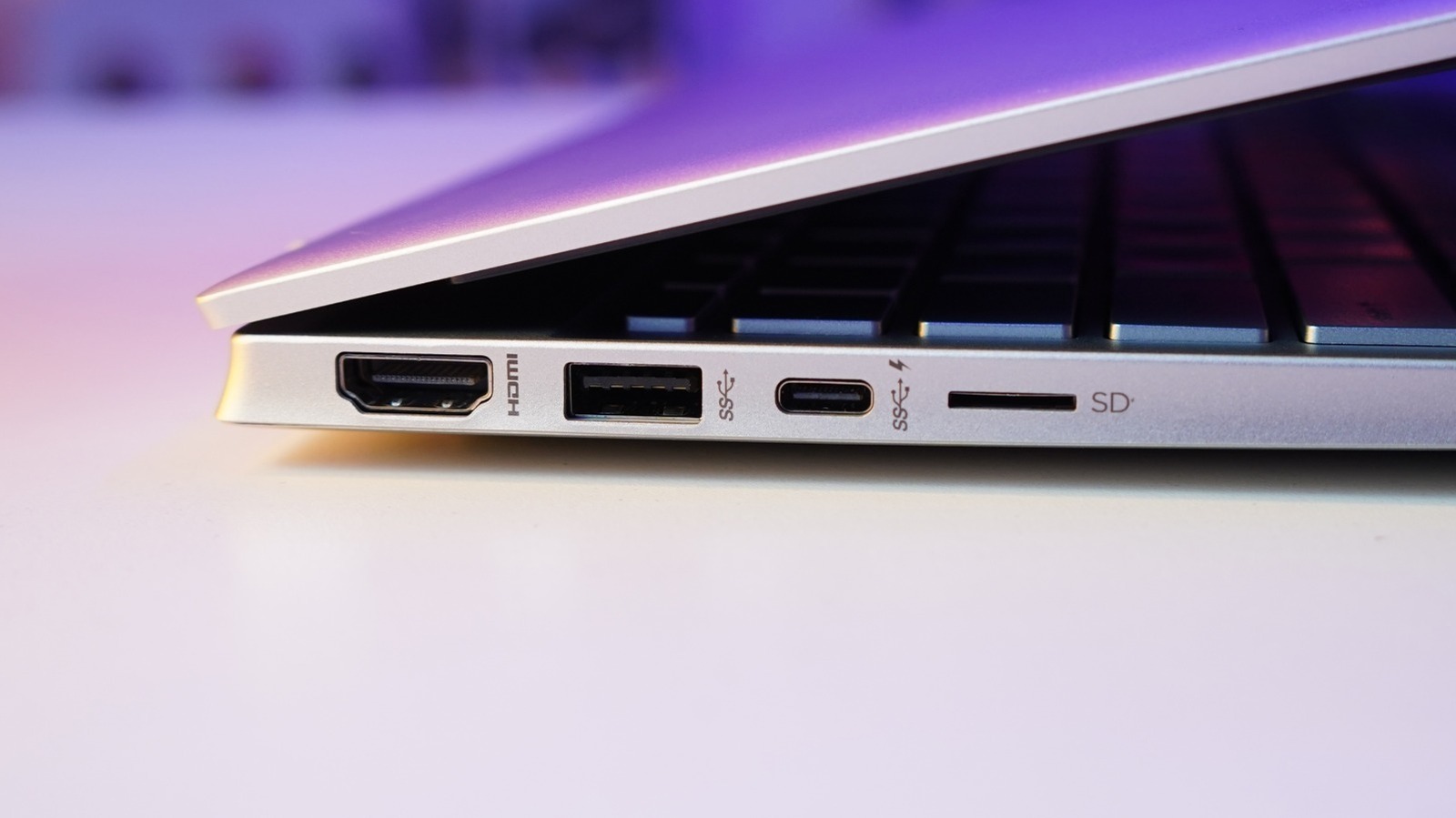
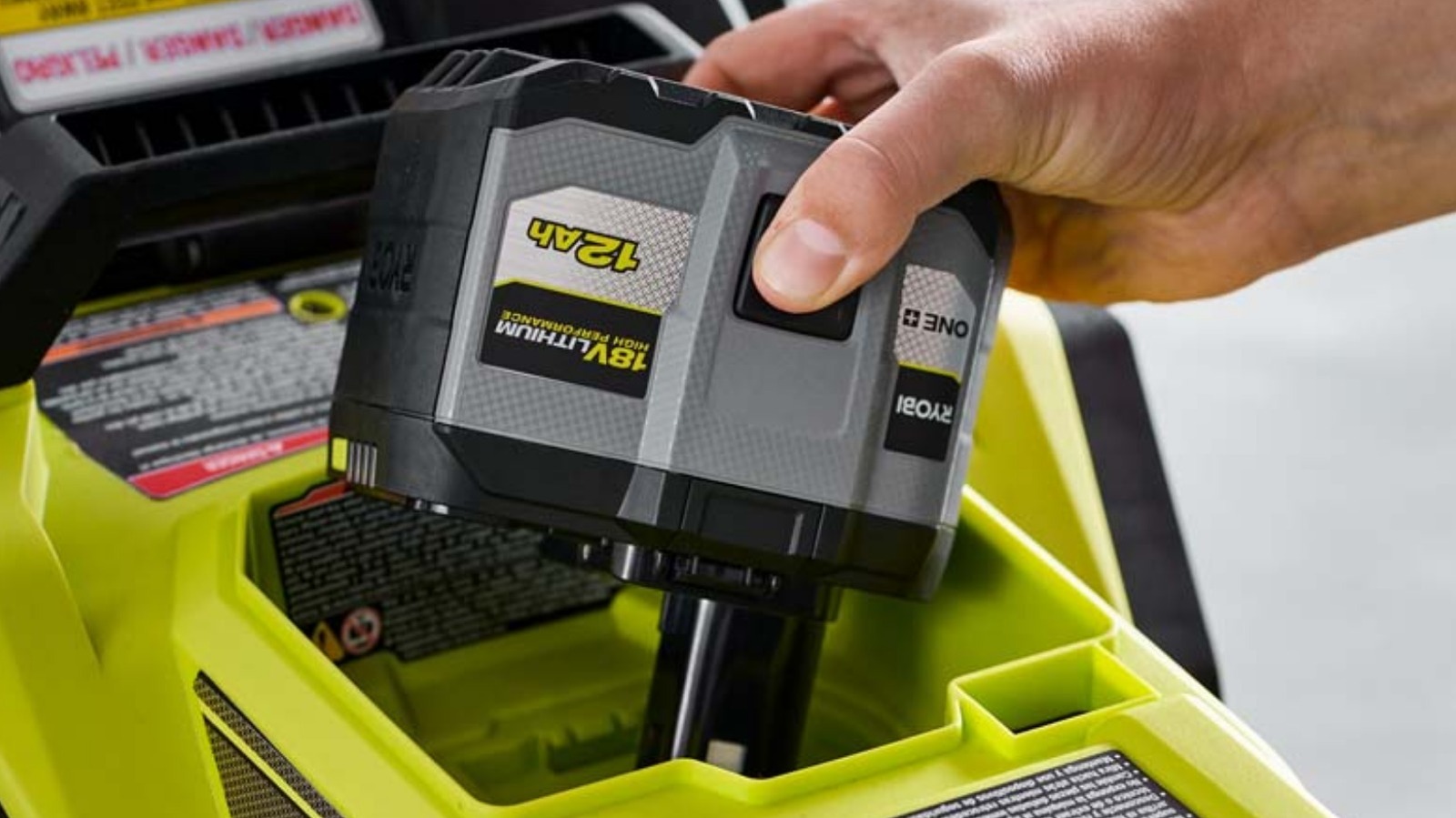






































































































![[The AI Show Episode 141]: Road to AGI (and Beyond) #1 — The AI Timeline is Accelerating](https://www.marketingaiinstitute.com/hubfs/ep%20141.1.png)
![[The AI Show Episode 140]: New AGI Warnings, OpenAI Suggests Government Policy, Sam Altman Teases Creative Writing Model, Claude Web Search & Apple’s AI Woes](https://www.marketingaiinstitute.com/hubfs/ep%20140%20cover.png)
![[The AI Show Episode 139]: The Government Knows AGI Is Coming, Superintelligence Strategy, OpenAI’s $20,000 Per Month Agents & Top 100 Gen AI Apps](https://www.marketingaiinstitute.com/hubfs/ep%20139%20cover-2.png)
























































































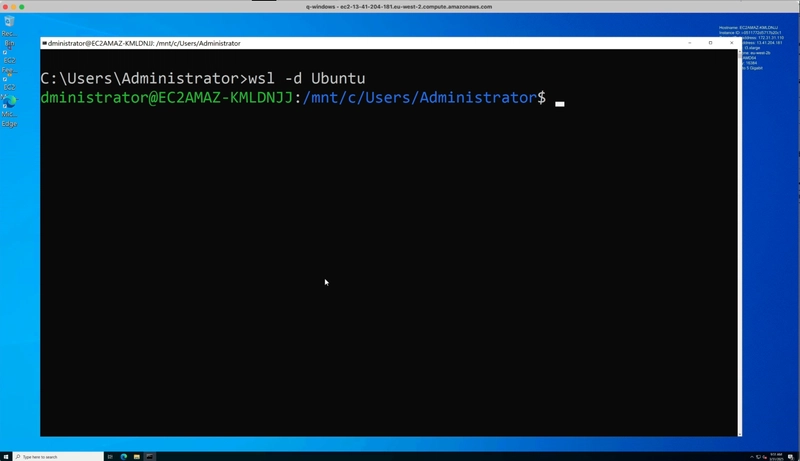


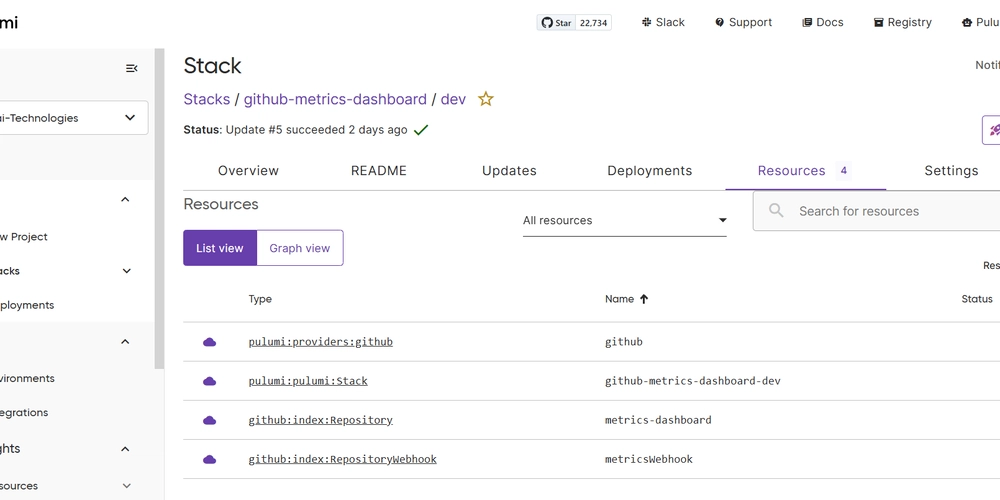


































![From broke musician to working dev. How college drop-out Ryan Furrer taught himself to code [Podcast #166]](https://cdn.hashnode.com/res/hashnode/image/upload/v1743189826063/2080cde4-6fc0-46fb-b98d-b3d59841e8c4.png?#)






![[FREE EBOOKS] The Ultimate Linux Shell Scripting Guide, Artificial Intelligence for Cybersecurity & Four More Best Selling Titles](https://www.javacodegeeks.com/wp-content/uploads/2012/12/jcg-logo.jpg)
























.jpg?width=1920&height=1920&fit=bounds&quality=80&format=jpg&auto=webp#)


OSAMU-NAKAMURA.jpg?width=1920&height=1920&fit=bounds&quality=80&format=jpg&auto=webp#)






.png?#)



















































